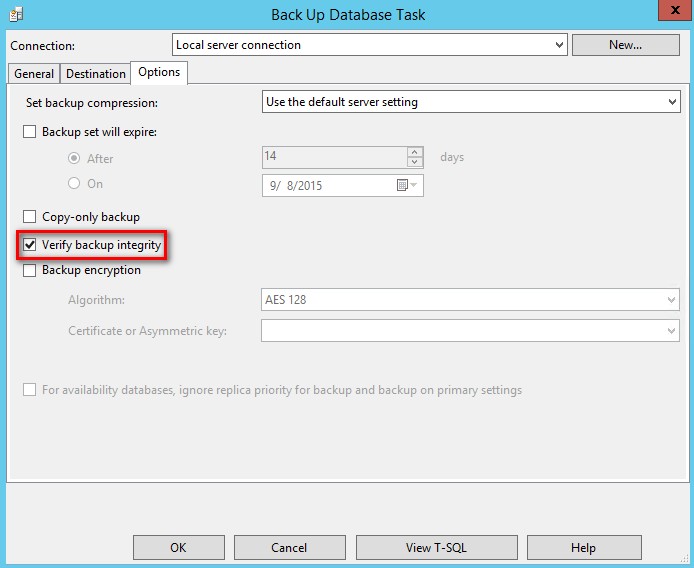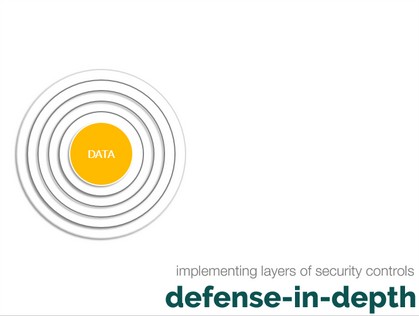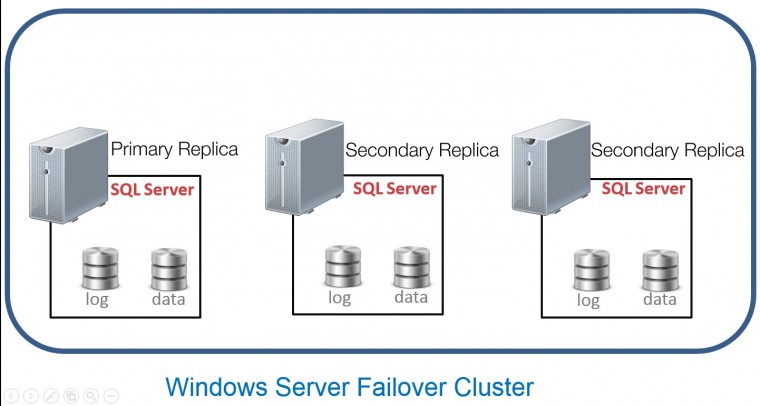Last week at Live360, I have had the opportunity to deliver my workshop on Windows Server Failover Clustering (WSFC) for SQL Server DBAs. The workshop was based on an online course that I am about to re-release. One of the things I like about delivering presentations is that I learn a lot from the attendees […]
PostResources: Windows Server Failover Clustering (WSFC) for SQL Server DBAs






